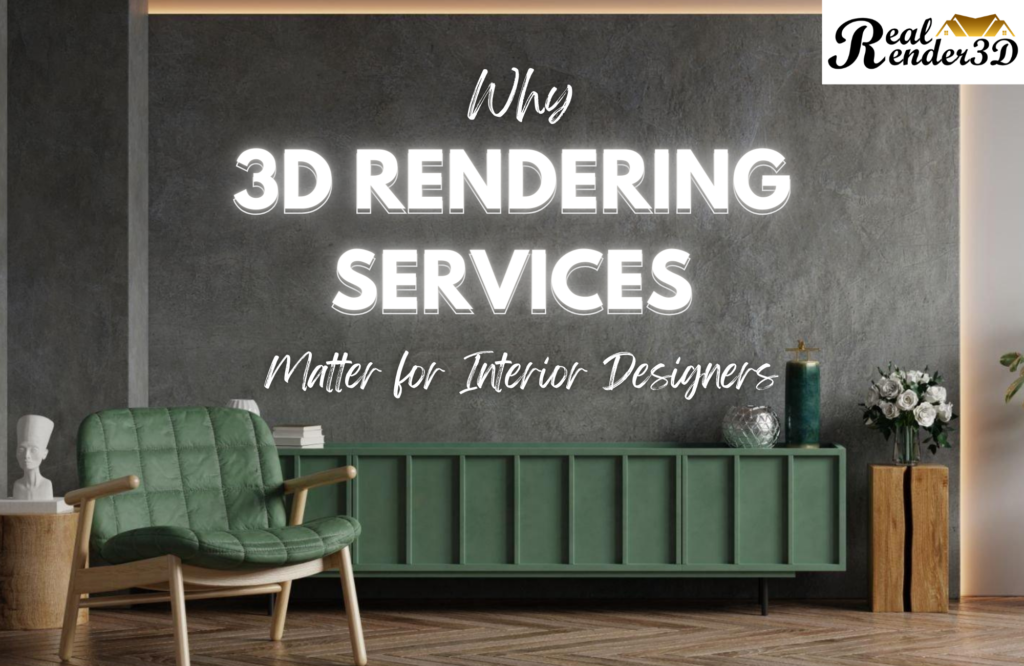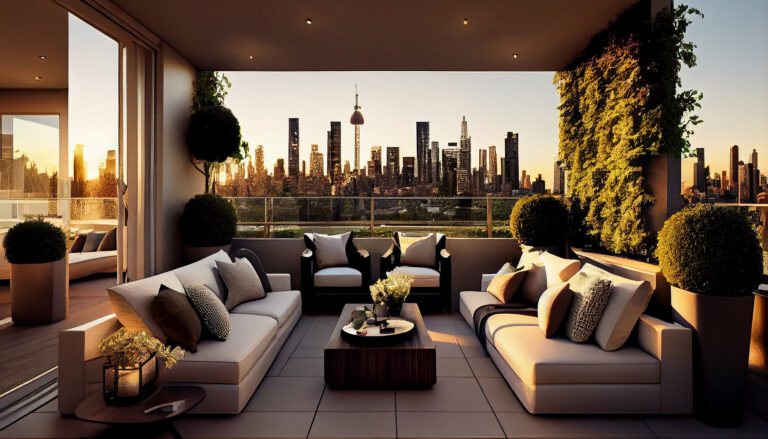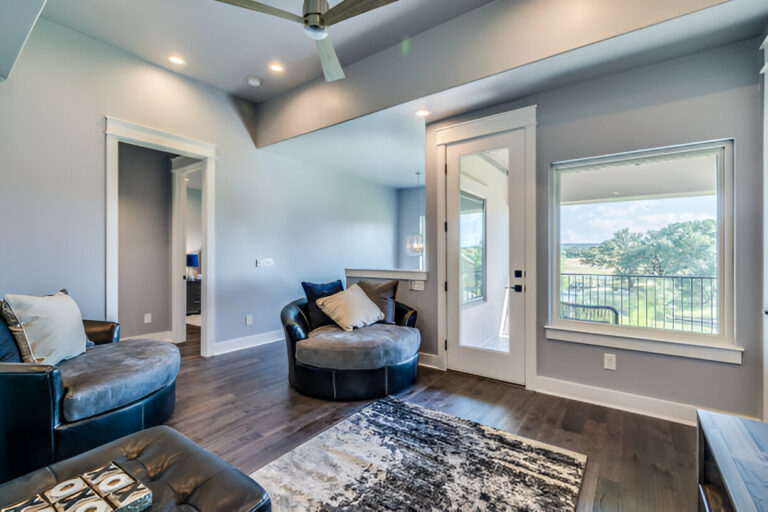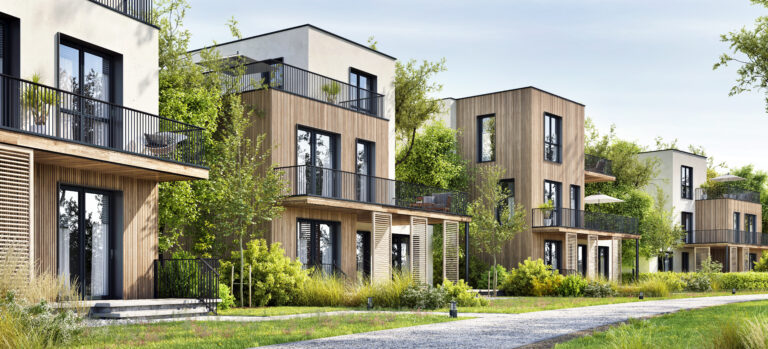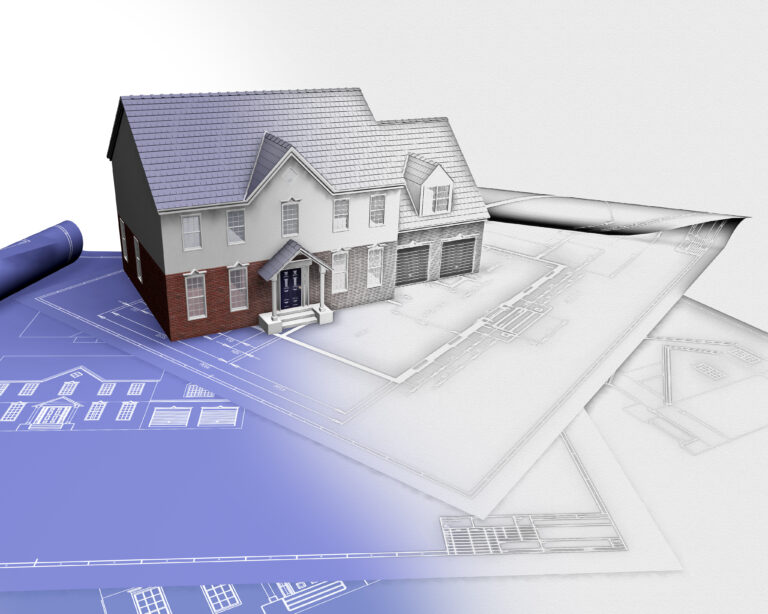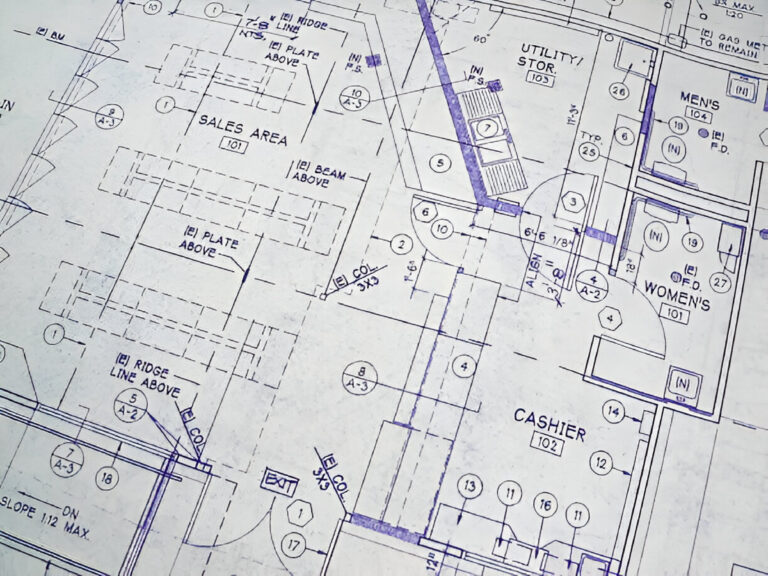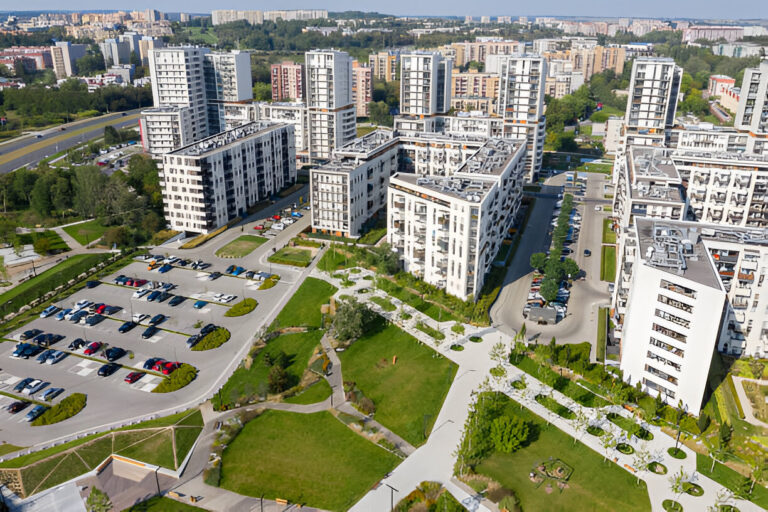Introduction
Interior design as a profession has evolved tremendously over the past decade. Advanced technologies like 3D rendering have transformed interior workflows and unlocked new possibilities for designers. In today’s competitive landscape, 3D rendering services are indispensable for interior professionals.
This article will dive into the key reasons 3D visualization is a total game-changer for modern interior design. We’ll explore how photorealistic renders empower designers across all stages of the project lifecycle. From concept to completion, 3D rendering solves problems and unlocks new creative opportunities.
Envisioning the End Result
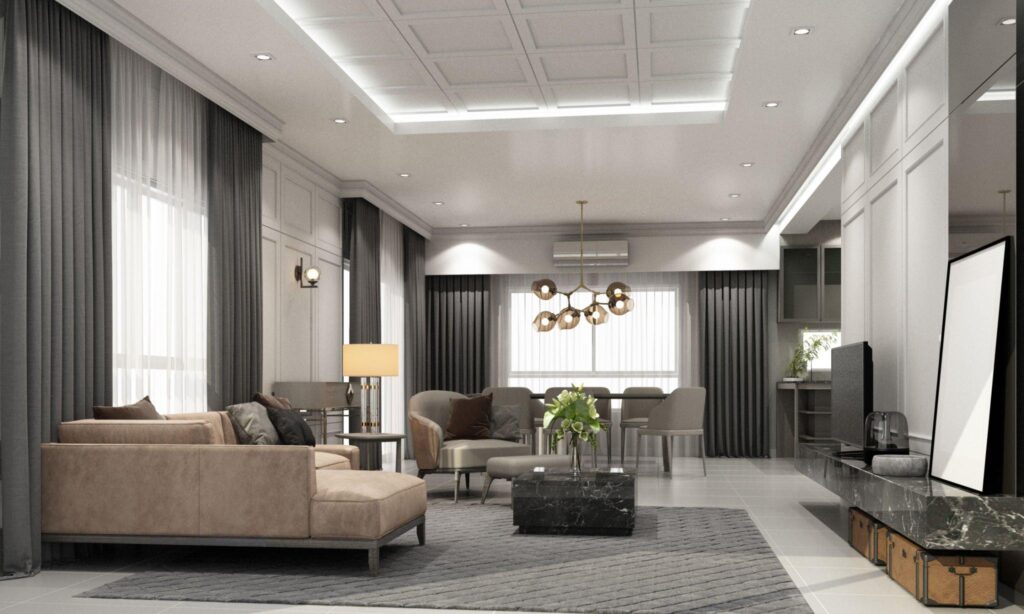
One of the biggest challenges interior designers face is effectively communicating concepts and ideas to clients. Two-dimensional floorplans and sketches often fail to bring visions to life in a relatable way. This is where 3D rendering solutions shine.
Advanced 3D software allows designers to create fully rendered photorealistic environments before construction ever begins. Clients can virtually walk through the space, visualizing finishes, lighting, textures, and spatial flow in vivid detail. This level of immersive visualization is impossible to achieve with 2D drawings alone.
With renders, clients can provide reliable feedback and sign-off on designs with confidence. Last-minute changes are minimized later in the process. The ability to virtually experience the end result is a complete game-changer for designer-client collaboration.
Simplified Design Iteration
The design process inevitably involves a significant amount of back-and-forth refinement before reaching the optimal layout and aesthetic. In the past, this required costly physical mockups and prototypes. Modern 3D tools enable rapid digital iteration at a fraction of the time and expense.
If a client requests a new paint color, furniture layout, or lighting scheme, designers can update the 3D model instantly. Photorealistic renders reflect changes in real-time, allowing for easy exploration of options. By simplifying revisions digitally, 3D visualization empowers designers to create spaces clients will love.
Advanced Lighting Design
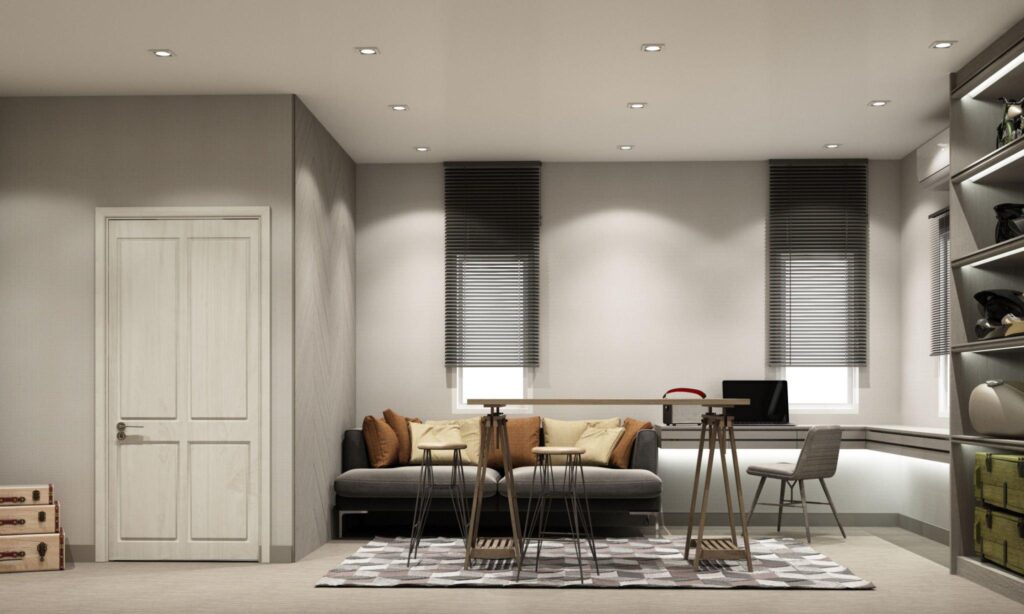
Lighting can make or break an interior environment. Until recently, lighting design required a combination of experience, guesswork, and physical mockups. Now, advanced rendering technology includes accurate real-time lighting simulation.
Designers can experiment with limitless lighting schemes, intensities, and lamp types digitally. They can see exactly how lighting interacts with different materials and surfaces. Clients can provide feedback on lighting mood and temperature before installations ever occur. 3D visualization minimizes lighting design guesswork and unwanted surprises.
Photorealistic Material Representation
Material selection is another crucial interior design task laden with uncertainty. How will a granite surface look against maple cabinets? What about velvet upholstery on leather furniture? Accurately visualizing these material combinations is extremely difficult without 3D.
Modern rendering solutions include advanced material simulation. Designers can apply true-to-life textures, reflectivity, gradients, patterns and more. Every material comes to life realistically on-screen. This empowers designers to mix, match, and confidently select the optimal textiles, metals, stones and finishes.
Spatial & Furnishings Planning
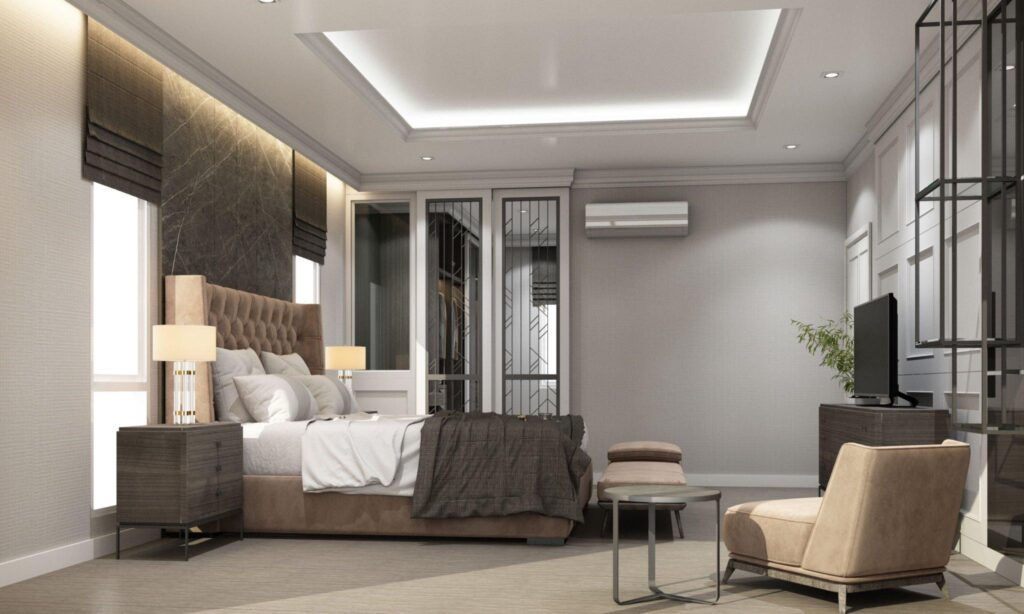
Interior design lives and dies by spatial planning and furniture layouts. Poor spatial flow or furnishings can ruin even the most beautiful designs. With traditional 2D planning, it’s nearly impossible to catch spatial issues or furniture fit problems until physical construction.
3D visualization provides a way to identify and resolve these problems digitally in advance. Designers can evaluate clearance, accessibility, circulation, and ergonomics all before committing to any purchases. By prototyping spaces digitally, 3D interior rendering helps sidestep costly spatial and furniture planning missteps.
Powerful Marketing Material
Interior designers rely heavily on visual portfolios to attract new clients and business opportunities. Dynamic 3D renderings are infinitely more engaging and persuasive marketing assets compared to 2D deliverables alone.
A portfolio full of gorgeous, photorealistic renders helps designers powerfully communicate their skills and design capabilities. For residential projects especially, 3D visualization helps homeowners envision spaces in a relatable, exciting way. Overall, integrating 3D into marketing strategies gives designers a major competitive edge.
Streamlined Construction & Installation
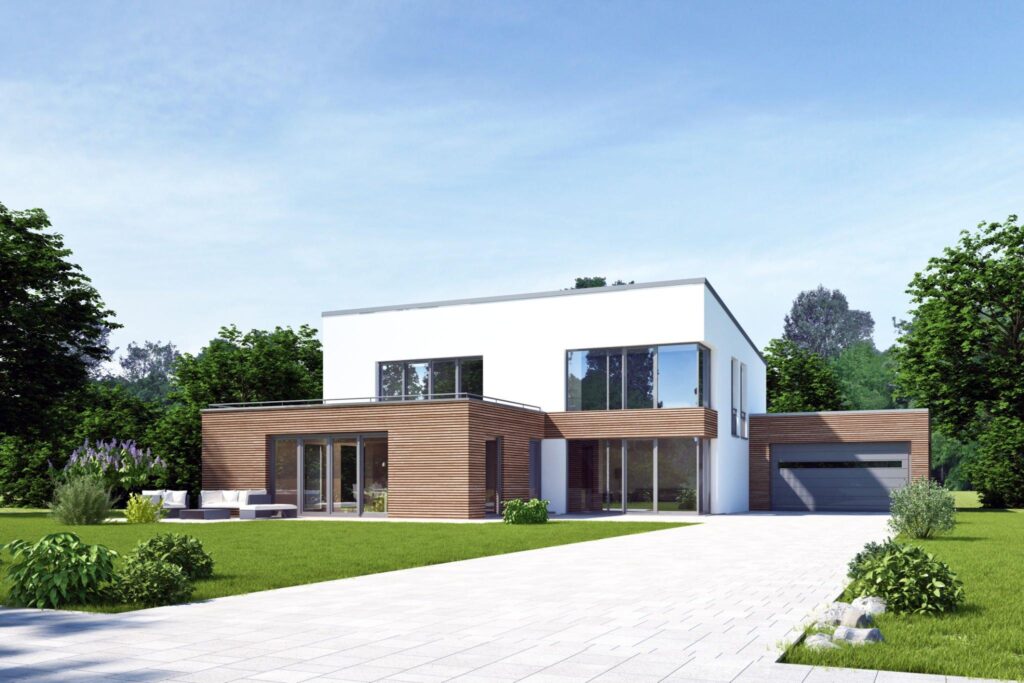
During the construction process, 3D models continue providing value by serving as accurate reference tools for builders and sub-contractors. Any questions or clarification about design intent, measurements, or specifications can be quickly answered by consulting the models.
3D visualization improves construction coordination, reduces mistakes, and makes installation smoother. Fewer on-site changes means faster project completion. The benefits of 3D renders extend all the way through the final build.
The Rendering Revolution

Across all phases of the design process, 3D rendering eliminates significant guesswork and risk. It enables designers to effectively communicate ideas, simplify iteration, perfect lighting and materials, resolve spatial issues, wow clients and accelerate construction.
As visualization tools improve, gains in realism and speed will only increase. While an added upfront cost, the long-term time and money savings render services provide are more than worth the investment. Simply put, 3D is revolutionizing interior design work for the better. The advantages over traditional methods are difficult to overstate.
Interior professionals who don’t make the leap risk getting left behind. Clients today expect experiences, not just floorplans. For designers seeking to stay competitive and maximize client satisfaction in the modern marketplace, adopting 3D rendering is no longer optional – it’s mandatory. The visualization revolution is here.
Frequently Asked Questions
1. Why is 3D rendering a game-changer for interior designers?
3D rendering is a game-changer for interior designers because it allows them to visually communicate design concepts to clients, rapidly iterate on designs digitally, perfect lighting and materials virtually, resolve spatial issues before construction, create powerful marketing assets, and reduce mistakes during installation.
2. How does 3D rendering help interior designers showcase design concepts?
3D rendering helps interior designers showcase design concepts by allowing them to create photorealistic visualizations clients can virtually walk through. This achieves a level of immersive communication 2D plans cannot match.
3. What are the benefits of rapid digital iteration with 3D models?
The benefits of rapid digital iteration with 3D models are simplified refinement of layouts, finishes, and styles at a fraction of the cost of physical mockups. Designers can explore options and make changes instantly.
4. How does 3D rendering empower lighting design for interior projects?
3D rendering empowers lighting design by enabling accurate simulation of lighting intensities, types, and how lighting interacts with materials. This minimizes guesswork and provides clients valuable lighting previews.
5. Why is photorealistic material representation important in 3D models?
Photorealistic material representation is important in 3D models because it allows designers to realistically visualize textures, reflectivity, and material combinations before purchase and installation.
6. How can 3D rendering improve spatial and furniture planning?
3D rendering can improve spatial and furniture planning by allowing designers to evaluate circulation, clearances, accessibility, and ergonomics digitally before committing to any purchases.
7. Why are 3D renderings powerful marketing assets for interior designers?
3D renderings are powerful marketing assets because they communicate design skills and capabilities far more persuasively than 2D plans and drawings alone. Their realism excites clients.
8. How does 3D modeling streamline the construction process?
3D modeling streamlines construction by serving as an accurate reference to resolve questions about measurements and design intent, reducing mistakes and changes.
Alex Smith is a content writer at RealRender3D, writing informative articles on 3D rendering, interior design, architecture, and related topics.
With over 15 years of experience at top UK architecture and interior design firms, Alex leverages his expertise to write engaging content educating readers on AEC industry trends and best practices.
Connect with Alex at alex@realrender3d.co.uk.
